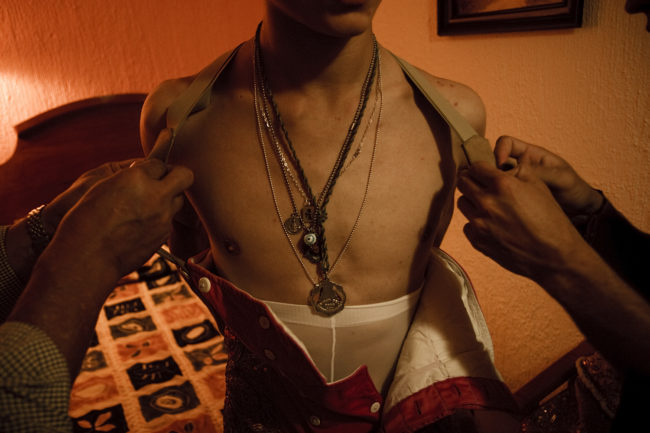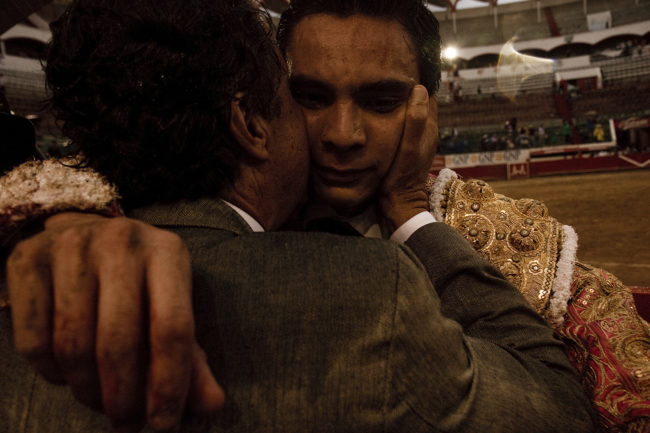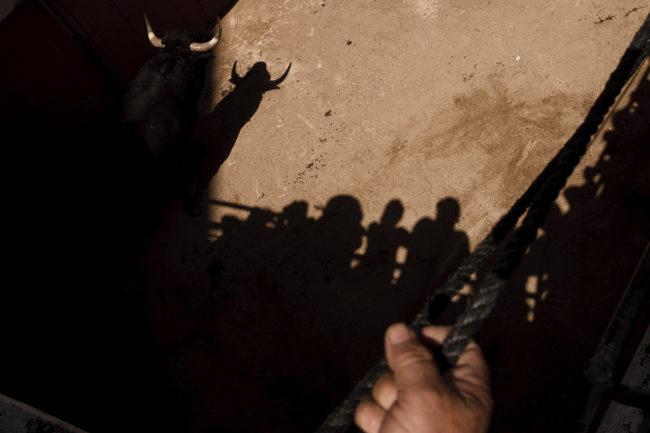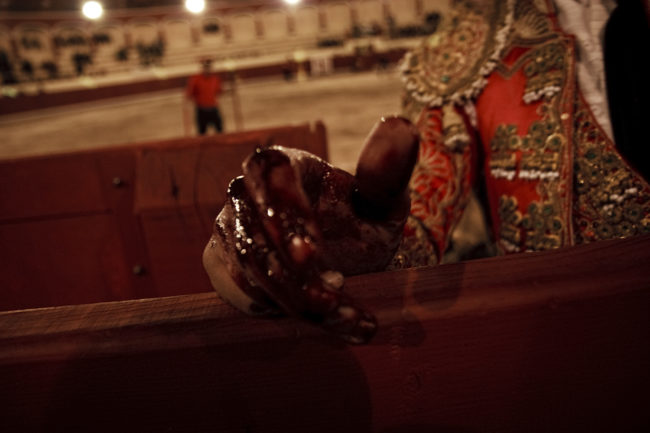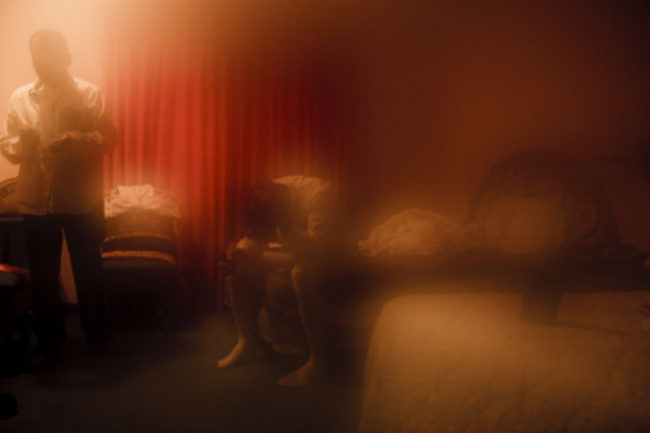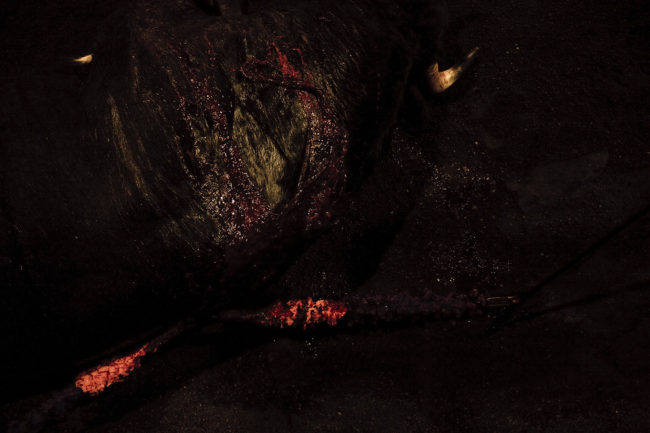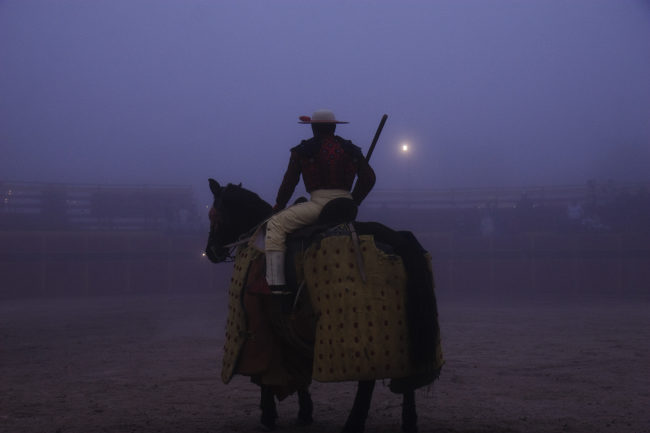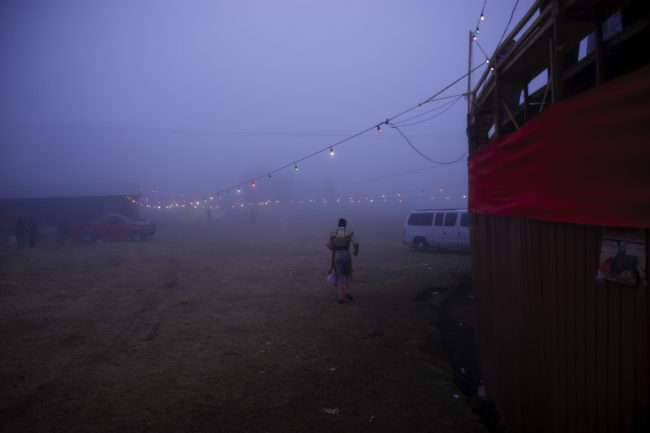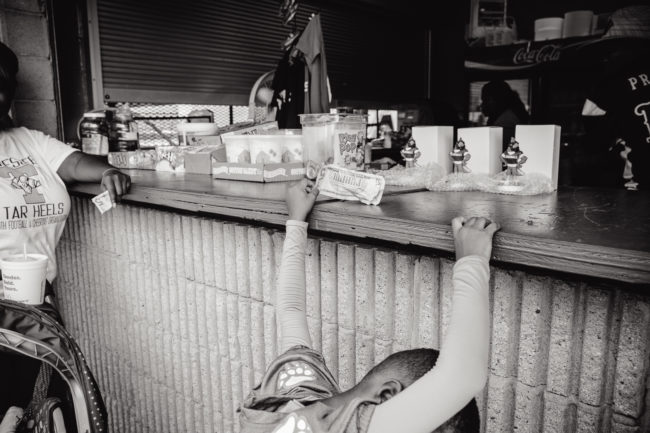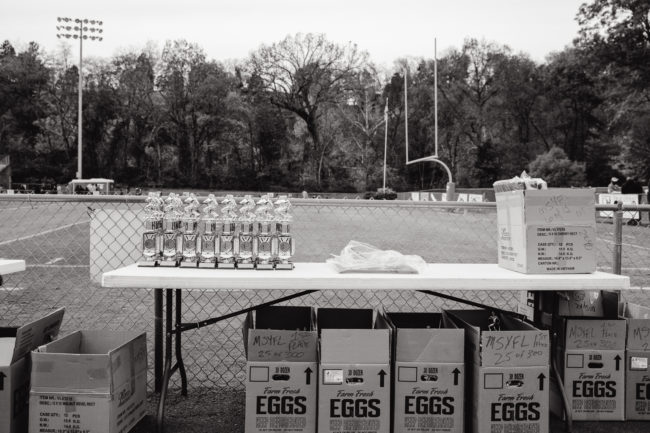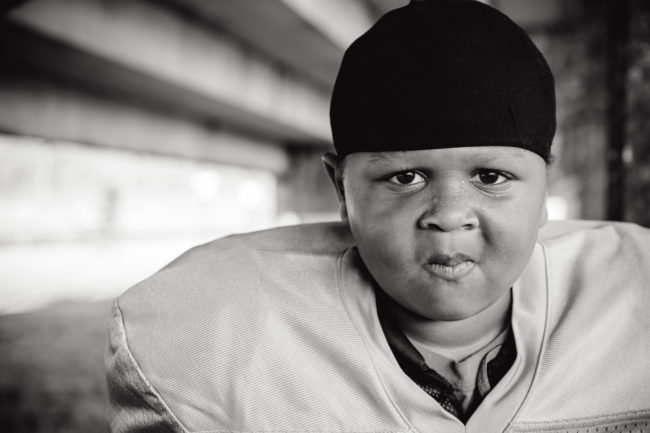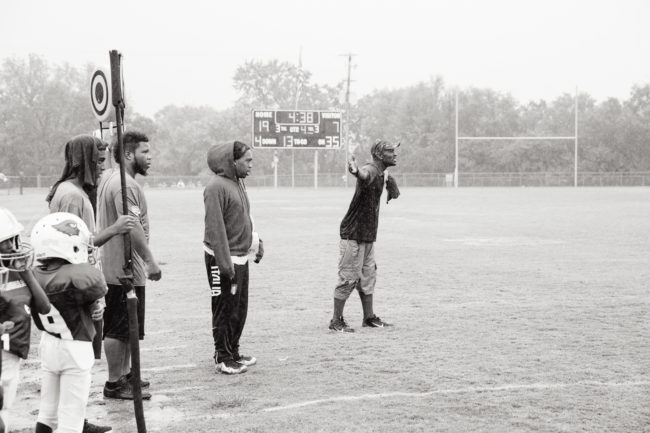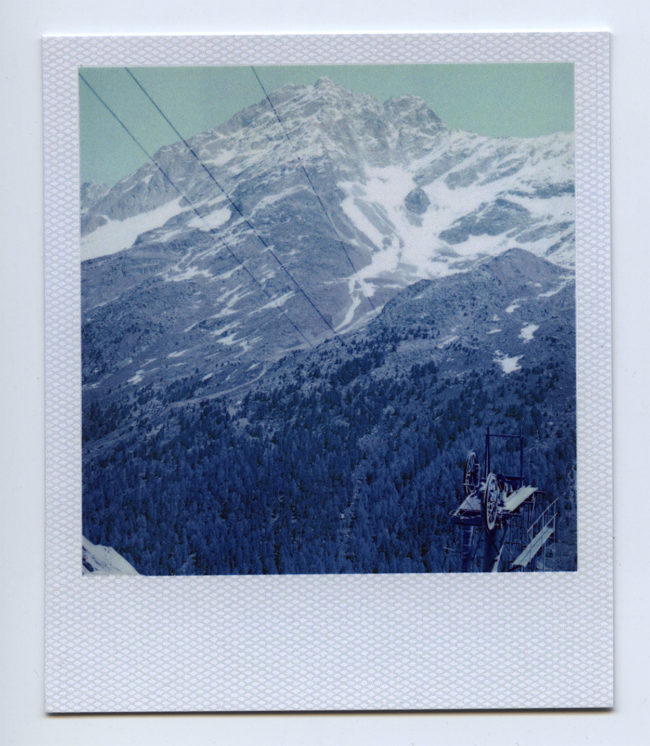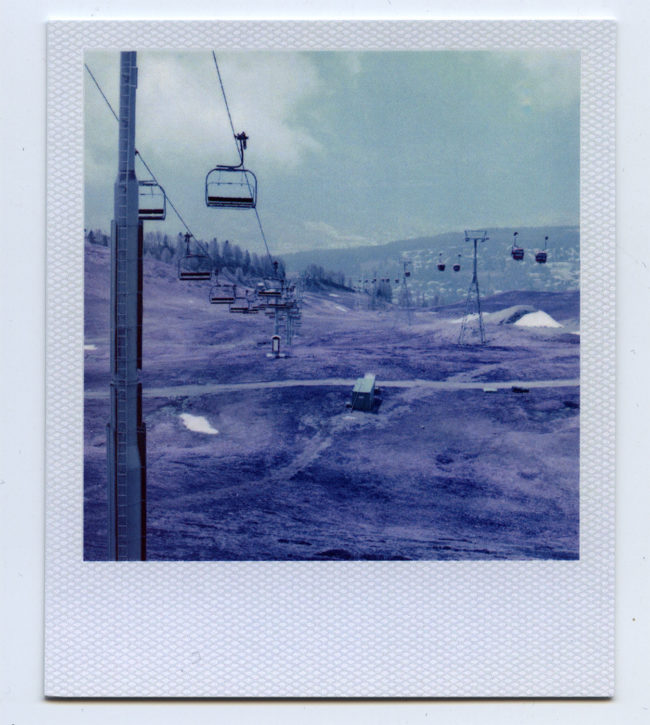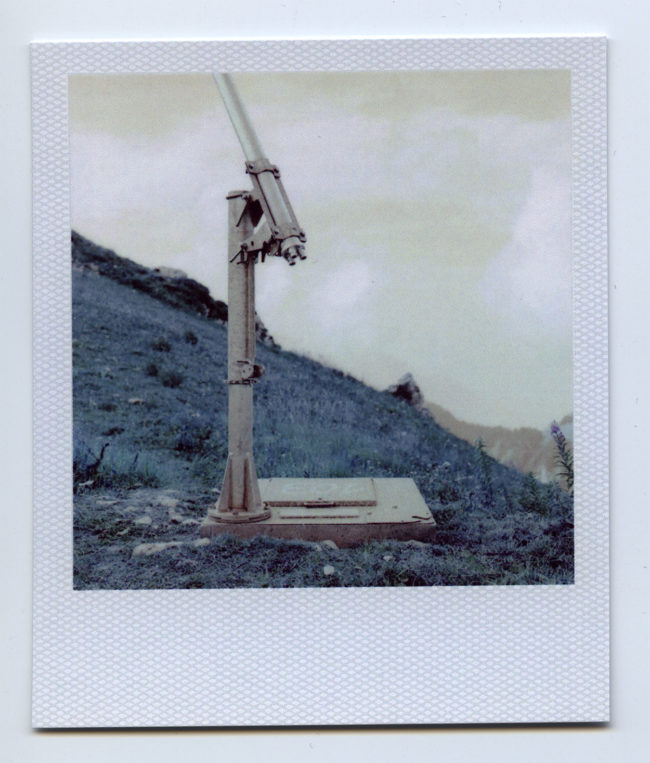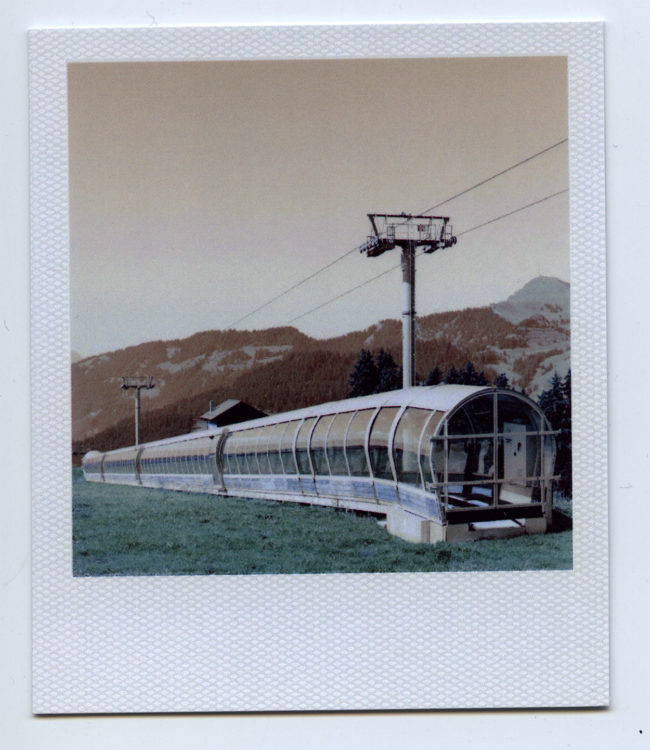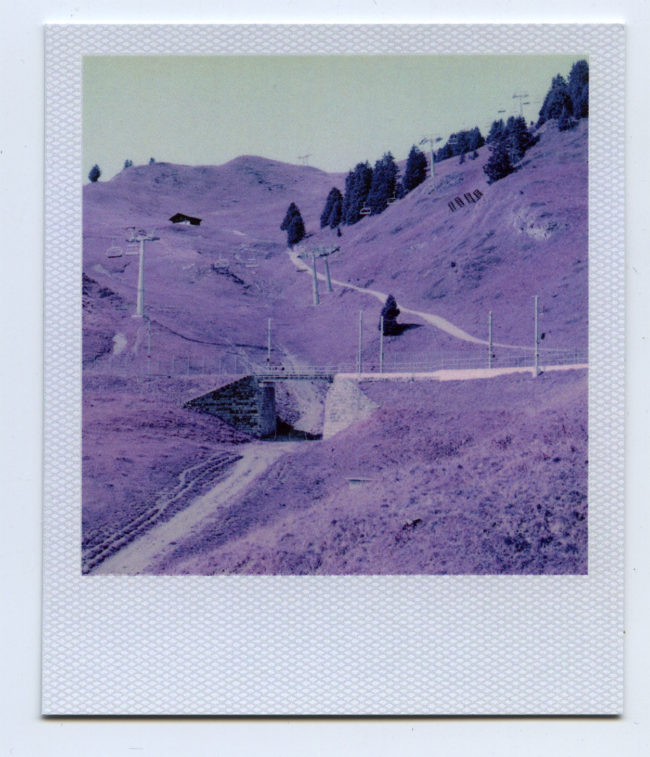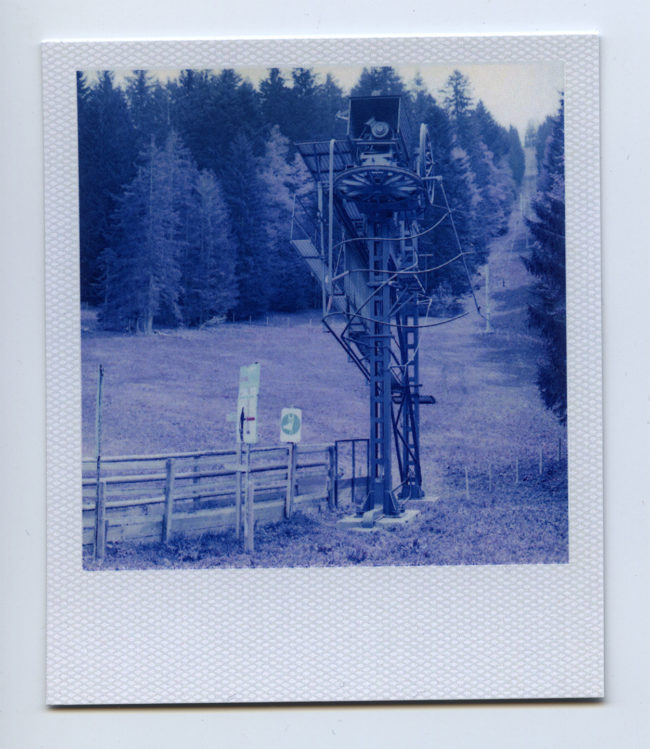When I go to a portfolio review these days, I’ve got to get on an airplane.
It’s a big deal.
The packing.
The planning.
The 3 hour drive to the airport.
I’m not complaining, per se, as getting to travel to great cities is a pleasure, not a problem.
But heading to Review Santa Fe last month, it was quite a different experience.
I woke up at a normal hour.
Made breakfast for the kids.
Then I went to two parent-teacher conferences at their school. And I ate in a gas station burrito joint.
Then I went to visit a furniture store, all before I joined the photo festival on a Friday afternoon in late October.
(Quick sidebar, before you scoff, for whatever reason, there are a ton of great little taquerias in gas stations throughout Northern New Mexico. My favorite is run by a couple of ladies from Chihuahua in an Alon station on the North side of Española.)
But back to Review Santa Fe.
It was no great drama to get there, just an average day. And as it was my 5th of 6 portfolio reviews this year, (I’m going to Photo NOLA next week,) it’s all began to feel a bit normal.
Shortly after I checked into the Drury Suites hotel, where the event is held, I walked across the street to try to find a cocktail party at Radius Books.
It seems straightforward, but you’re wrong.
I bumped into Brian Clamp, a friend of the column, and two other women who were scratching their heads trying to find the place. I took the lead, as a local, but really had no idea where I was going.
We ended up in a musty, 2nd-story-carpeted-hallway, chatting about what to do next, when a heavily-plastic-surgeried older woman popped her head out of an office.
She barked at me to shut up, and I saw, through her open door, that she was a psychic.
I was stunned, as she was so rude, but the jokes write themselves.
(If she’s really psychic, why didn’t she know we’d be there? If she’s really psychic, how come she couldn’t tell us how to find Radius Books? If she’s really psychic, how come she didn’t tell me to shut up before I said anything?)
I could go on, but I won’t.
Eventually, we found the party, and it was nice to catch up with colleagues over a stiff bourbon, in a sleek modernist space. They have it going on over there at Radius. (I’ll give them that.)
Beyond the socializing, through, my favorite thing about portfolio review events like Review Santa Fe is the chance to see such a cross-section of photography, and meet people from around the world, all in a compressed space in time.
In this respect, Review Santa Fe absolutely delivered.
I did 17 consecutive reviews on Saturday, and it almost burned out my brain. But the quality of work was high, overall, and as I also popped through the portfolio walk on Friday night, I’ve got a nice selection of work to show you today and next week.
As always, the artists are in no particular order.
We’ll start with Teri Darnell. She had two projects about gay performers, and was also trying to make work about the gentrification of a historically gay neighborhood in Atlanta. I liked the first project, but was really attracted to her photographs of a cabaret in Berlin.
According to Teri, there’s a particular cabaret show on in Berlin that was made in honor of the gay performers who were imprisoned in Hitler’s Germany. She said that in one case, the performers continued to stage work until they were murdered in a concentration camp. (Heavy stuff.)
It’s rare that photographers really play with the element of time, I find, but Teri’s moody, saturated images dovetail so well with the historical-recreation-vibe of the Berlin cabaret.
It’s trippy work for sure.
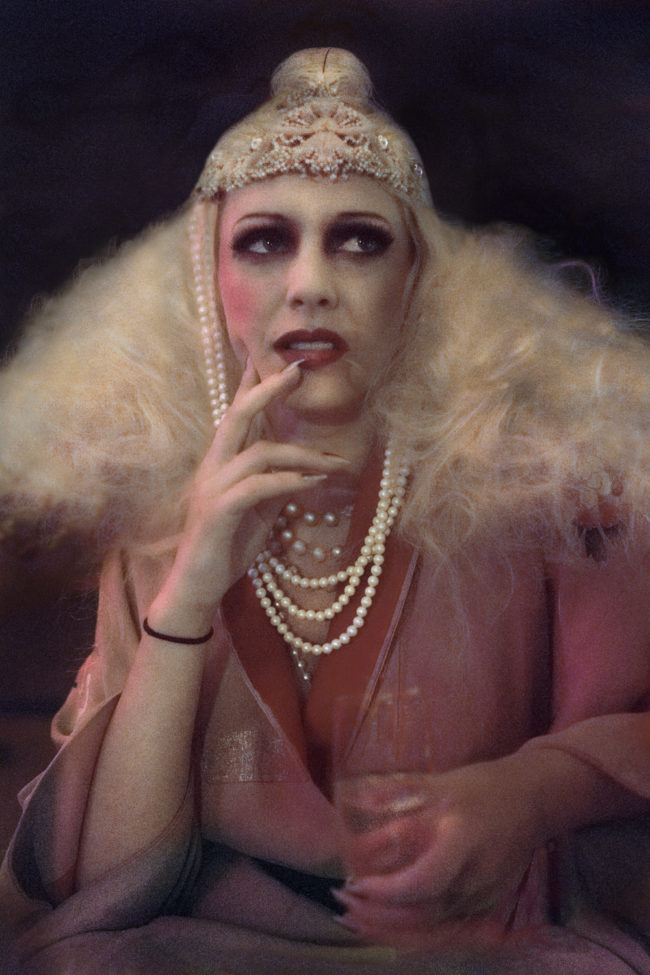
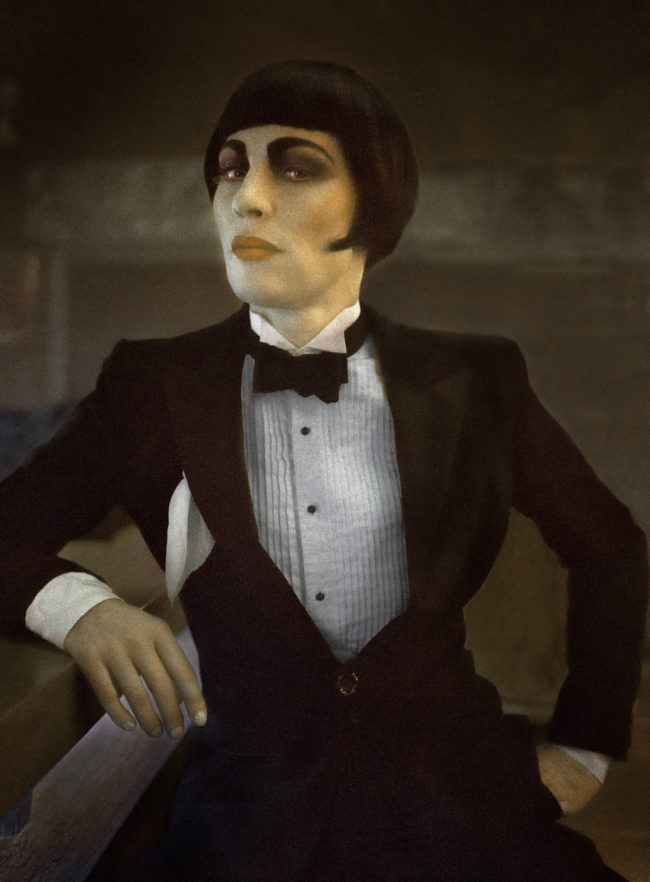

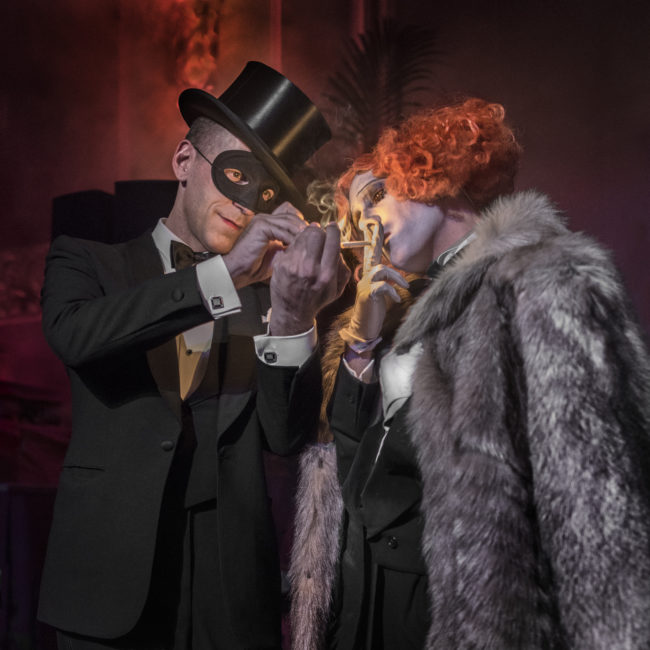
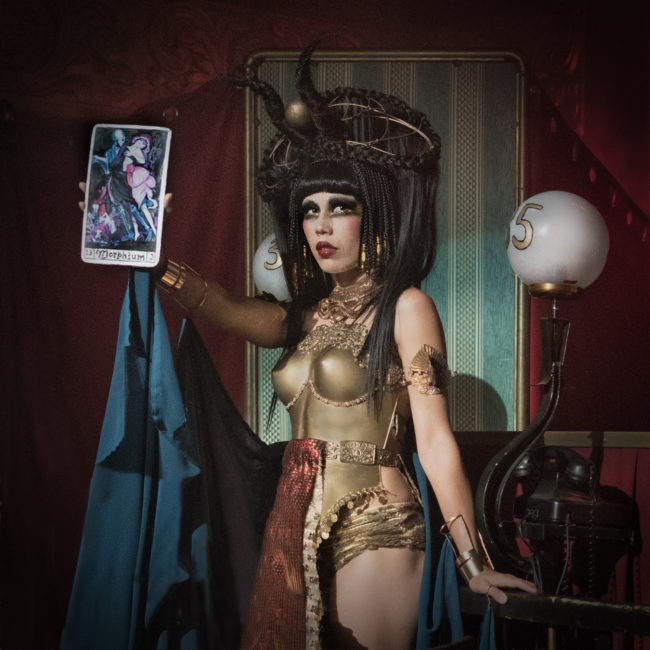
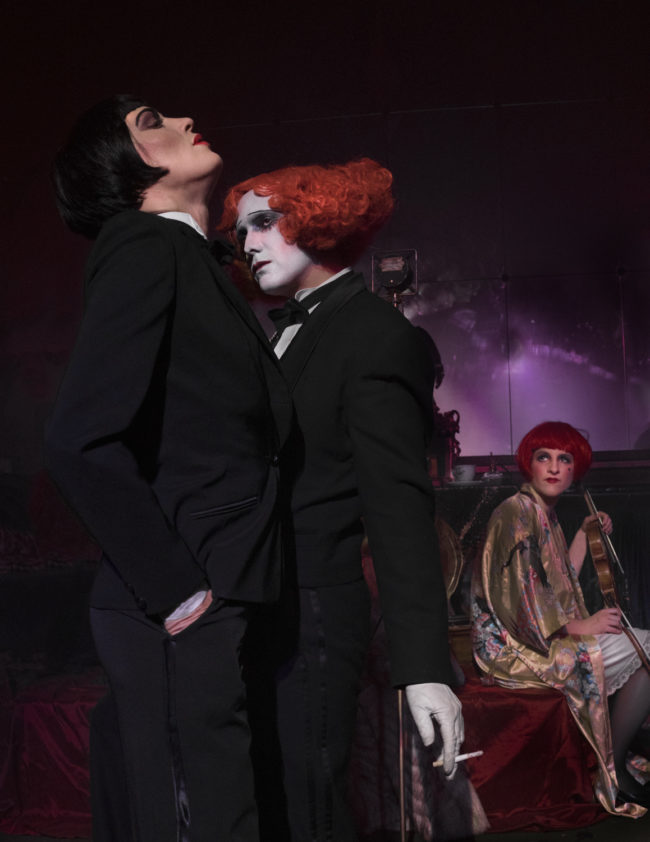


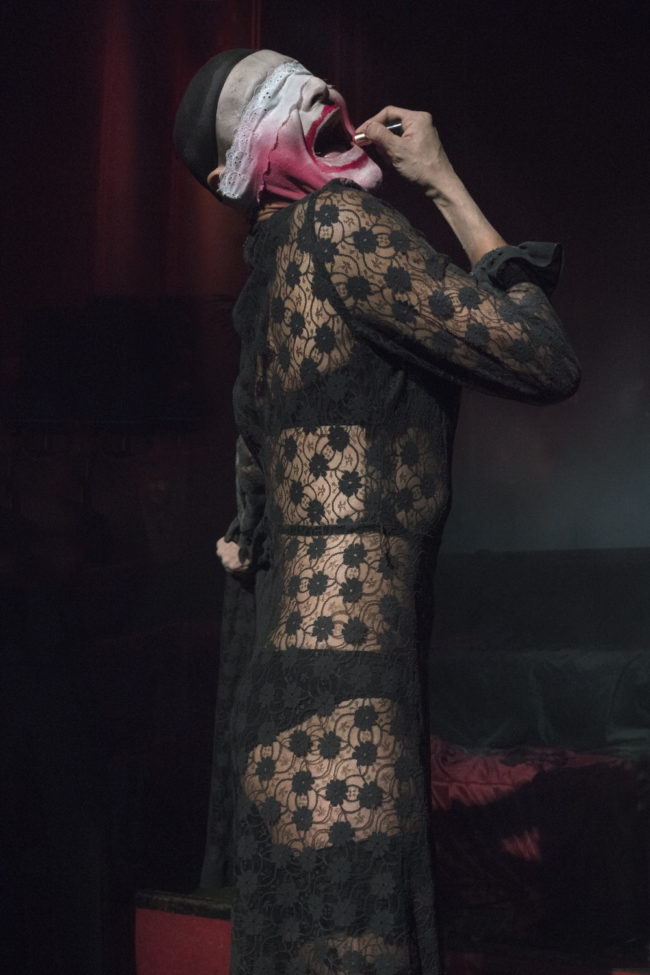
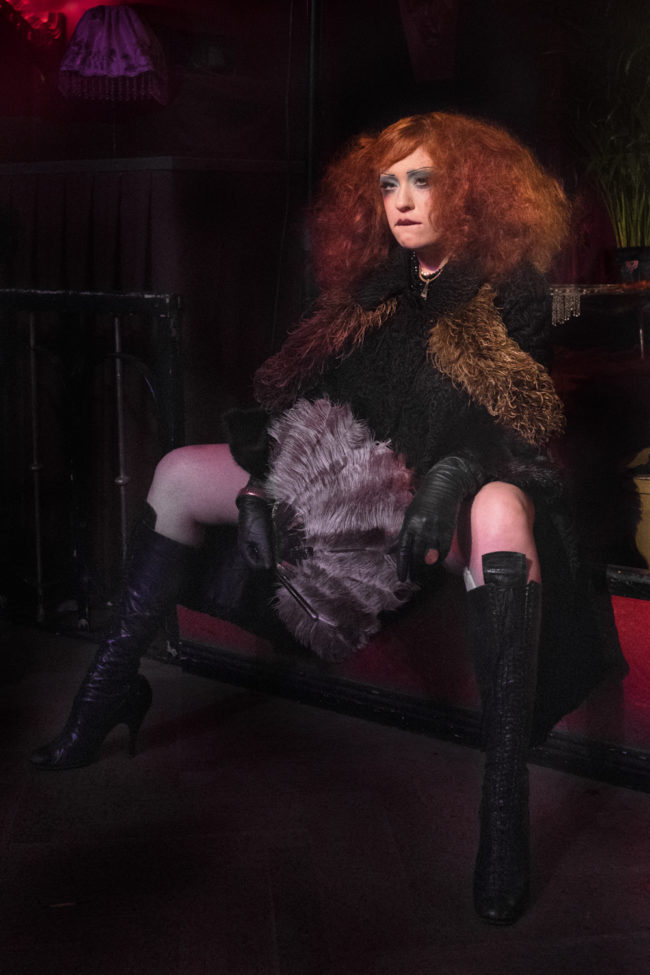


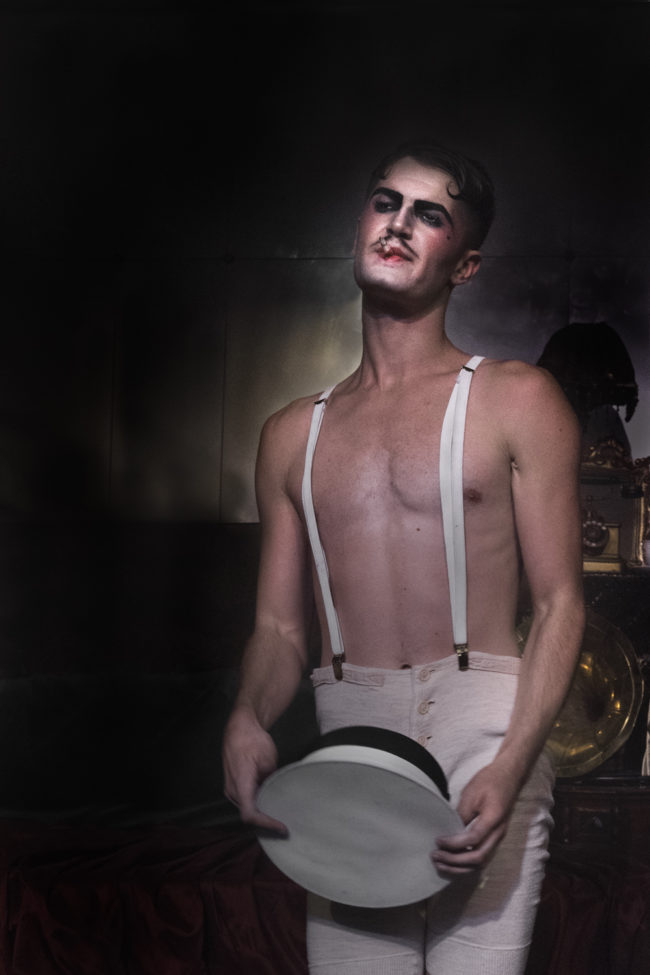
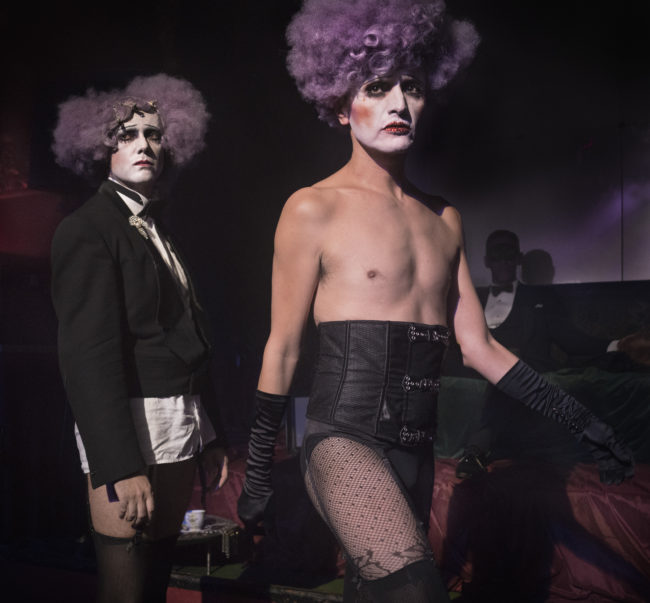

Speaking of trippy, Jill Brody is a self-professed Jewish grandmother who spends her photographic time hanging out with subcultures and religious minorities like the Hutterites in Montana.
I’m always impressed when people embed themselves in random places, because the artistic bug just won’t leave them alone. Jill and I discussed the relative saturation of colors in her palette, as I thought one or two of her blues pushed into hyperreal territory, which didn’t fit with her documentary style.
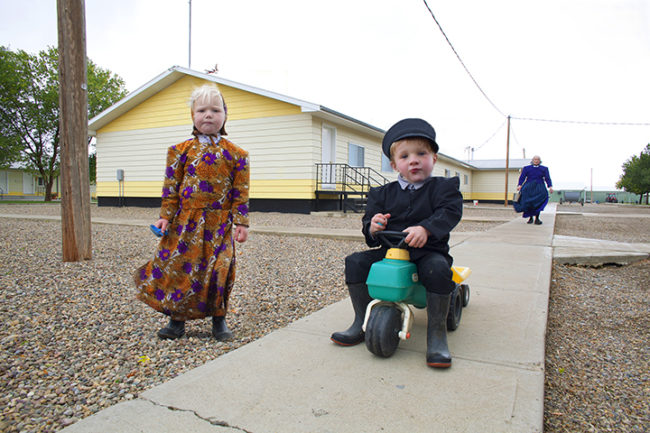
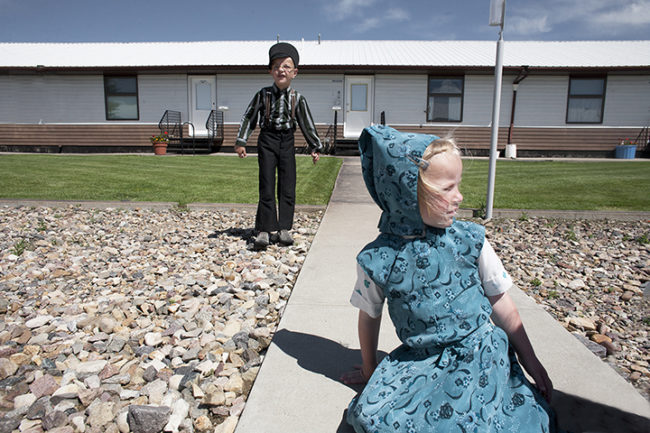
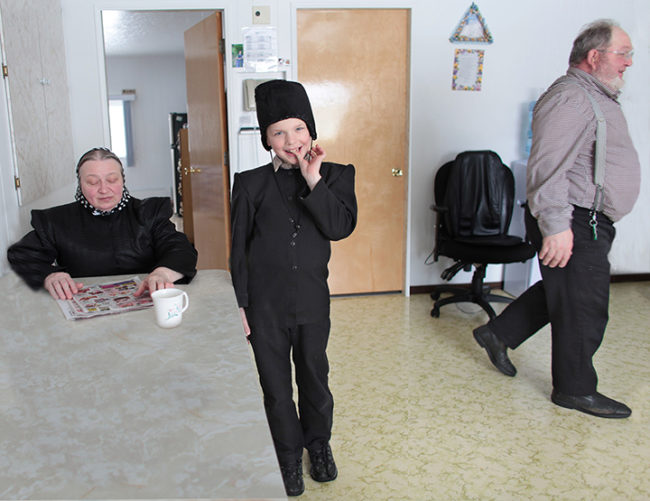
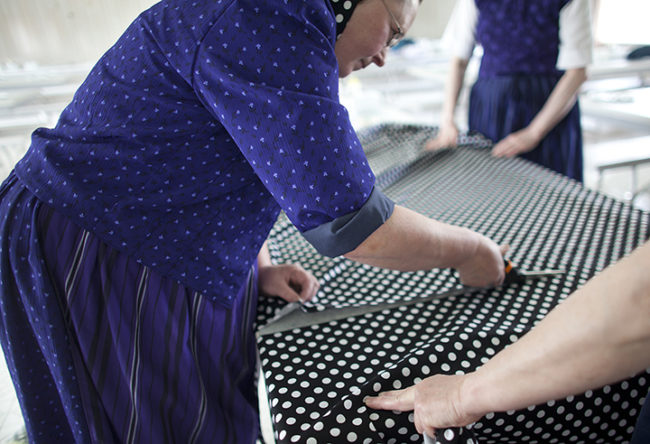



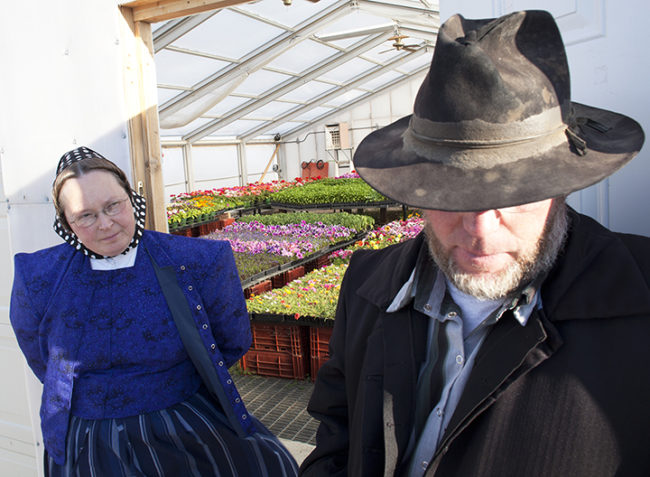
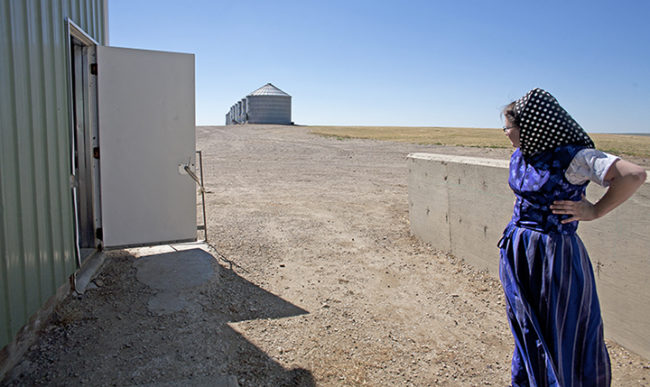
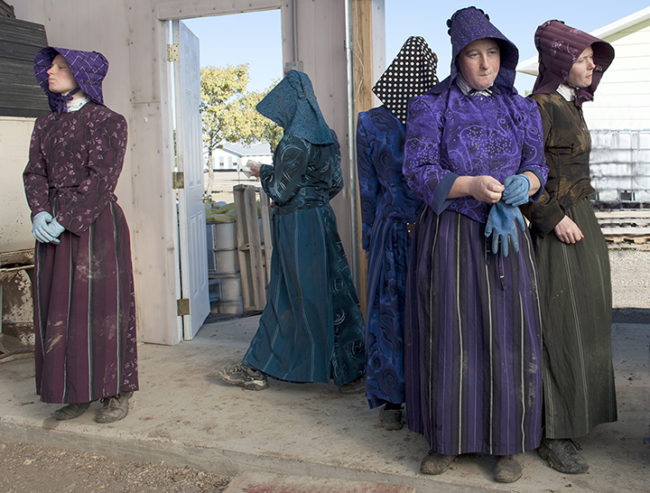
Kevin Horan was another artist who showed me things I liked and didn’t like. I don’t mean to be flippant about it, but from an advice standpoint, it’s good to mention here.
If you can bring more than one project with you, please do. Art is so subjective, and our own interests so broad, that one person may well hate one thing you’ve done and love another.
But if they love anything, you’re way ahead of the game.
Back to Kevin, though, as we saw images taken from airplanes that he’d inverted upside down in Photoshop. I wasn’t interested.
Then he showed me a beautiful, documentary series about finding dead things on nature walks. It really needs no more explanation, as his images are impressive and cohesive.
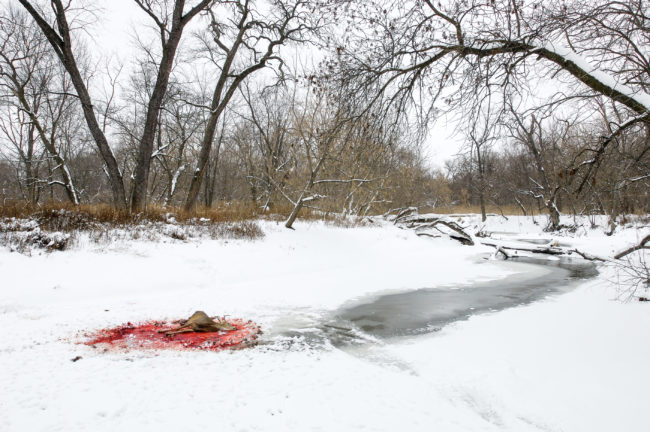


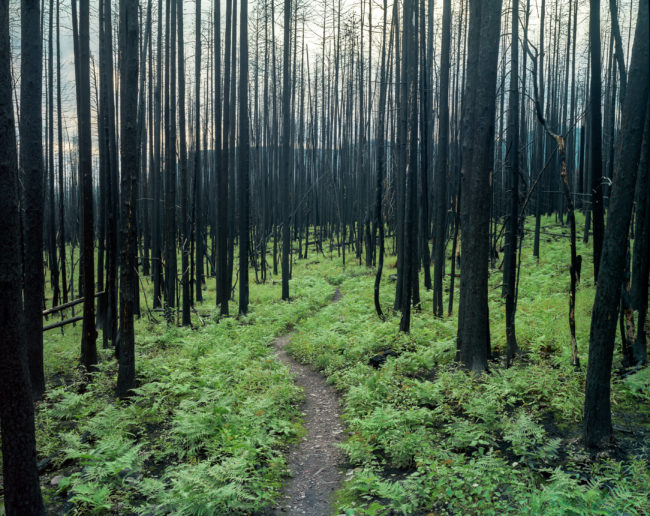
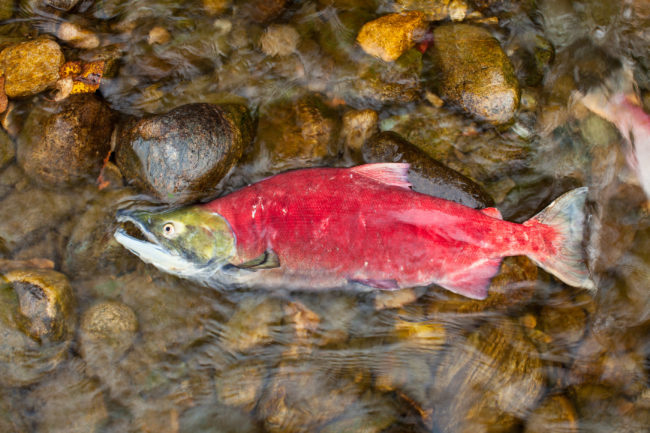
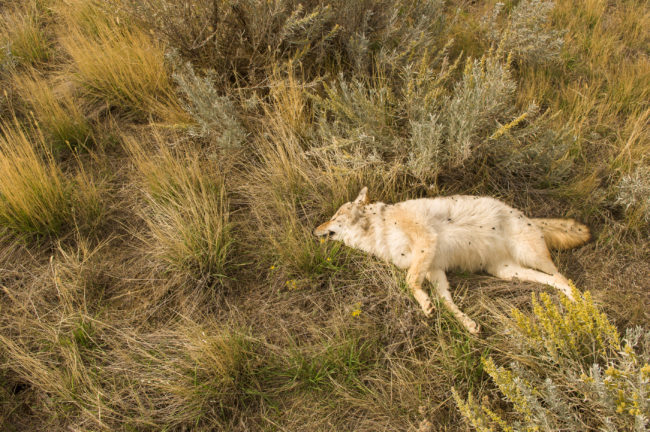


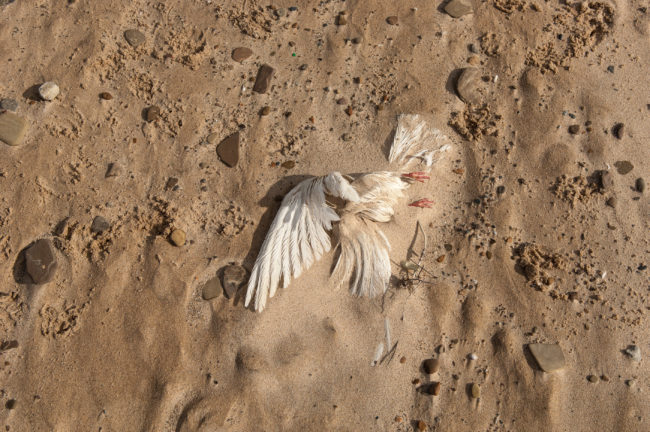
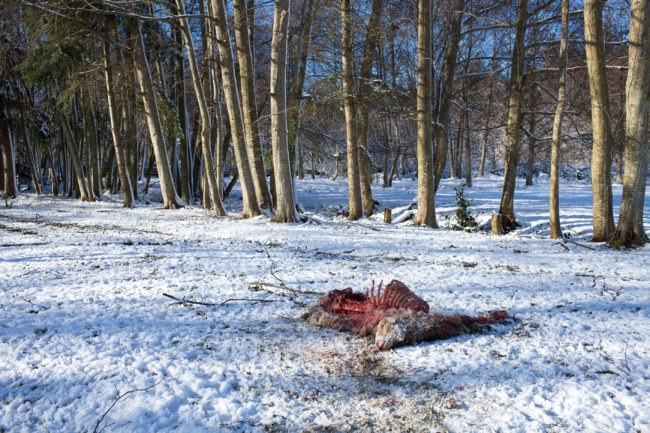

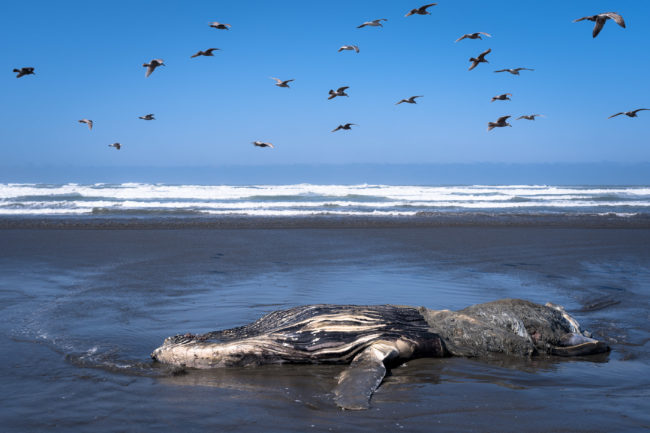

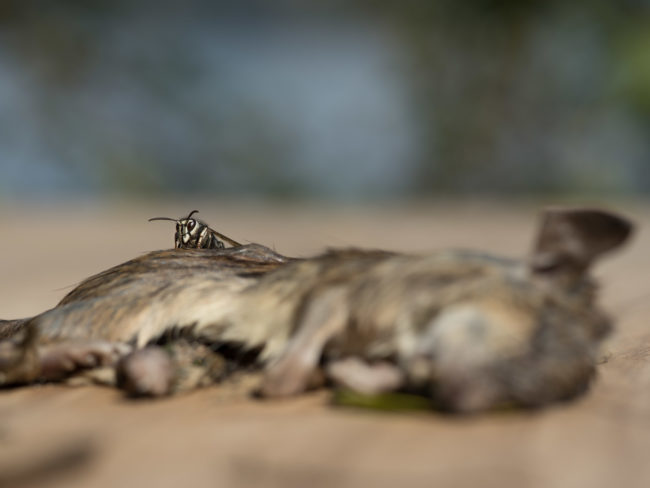
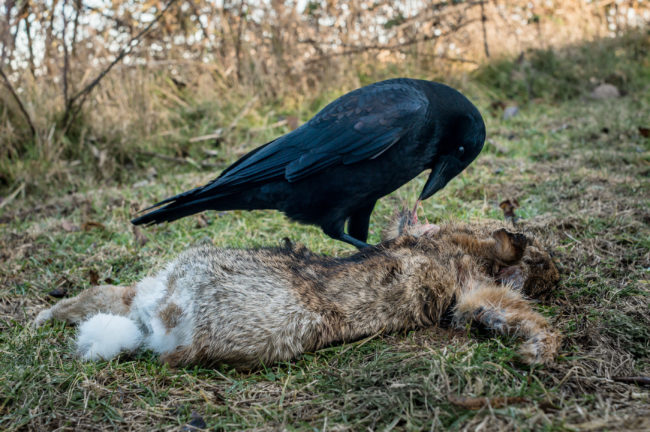
Santiago Serrano and I discussed the idea of cohesion, both visually and conceptually. He led with two or three pictures I found sub-par, and then had 15 in a row that were stellar. So we discussed how the context of those first few images determines how receptive we are to what comes next.
Santiago is from Quito, Ecuador, where bullfighting has been banned, but lived for a time in Mexico, where it’s not. He has this cool series about bullfighters in Mexico, but then there were two or three pictures of fighters in Ecuador.
I suggested that if 95% of the story was about one place, I’d cut the other pictures, for the sake of story cohesion. In particular, I appreciate his color palette, which captures that sense of the Mexican Baroque.

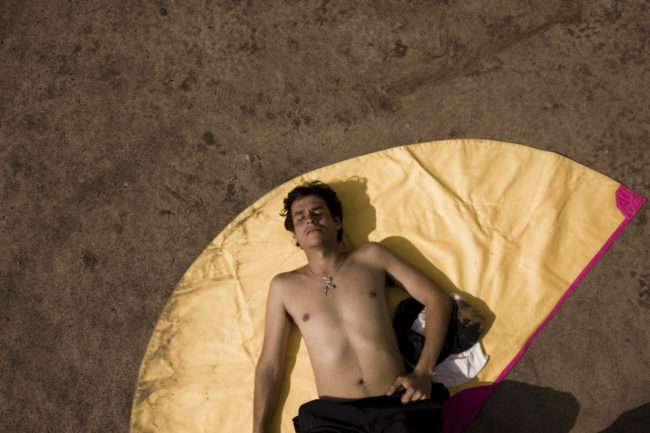
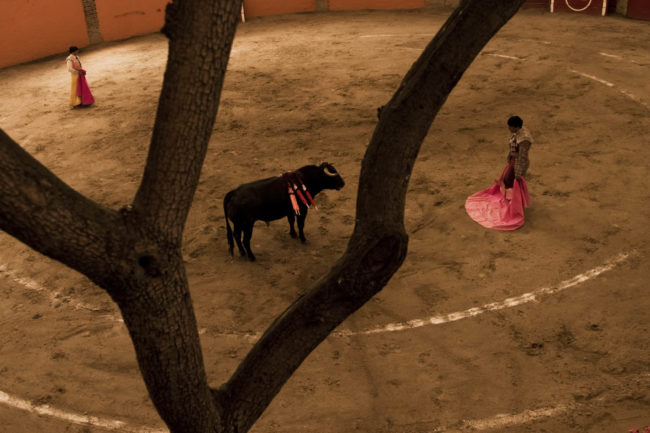
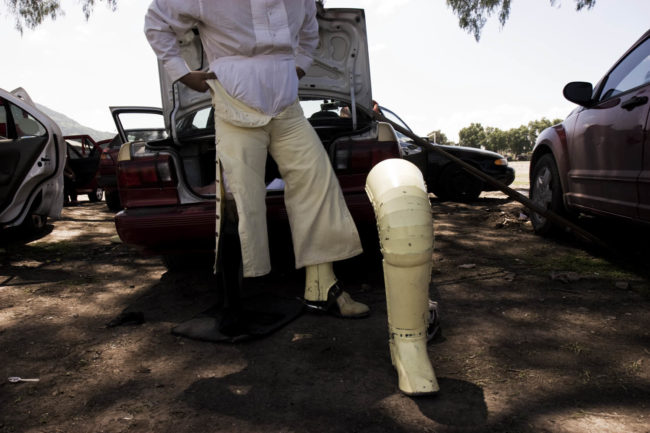


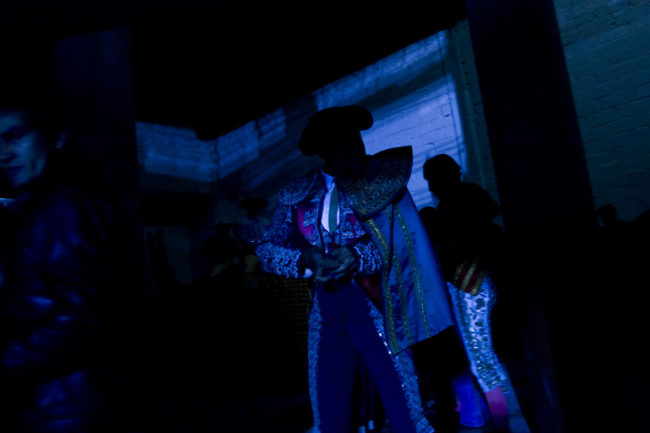
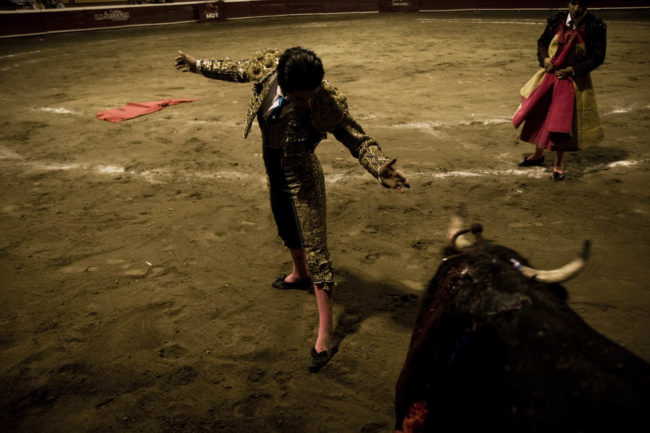

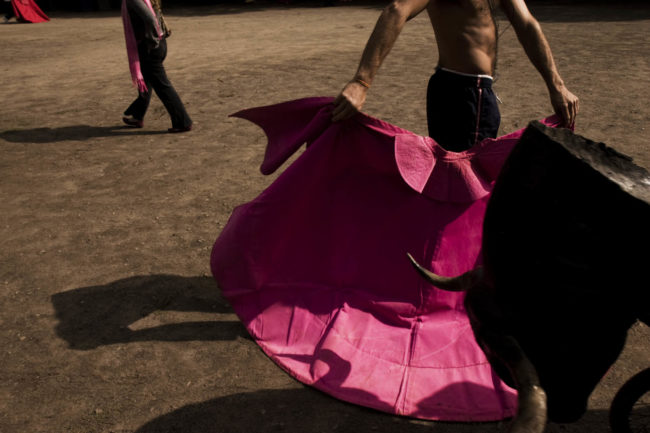
Adair Rutledge is the gutsy sort, and she needs to be. Adair, a blond, Southern, white woman, decided to do a story about a youth football team in Nashville, made up exclusively of African-American children.
We had the “stay in your lane” chat last week, so I won’t bore you, but Adair embedded herself for years, and really got to know these people. I’d argue it’s why they engage with the camera so freely and openly.
Leslie Sheryll is a former photo lab owner from New York who crossed the river into New Jersey. Most people go in the other direction, so more power to her. (I left the Tri-State area entirely, so who am I to point fingers?)
Leslie had some intricate Photoshop layered work, based on historical images she’d acquired and then digitized. She wanted to make work that really captured the spirit of the 19th Century women depicted, and her series featuring poisoned plants, which I’m showing here, was very cool.
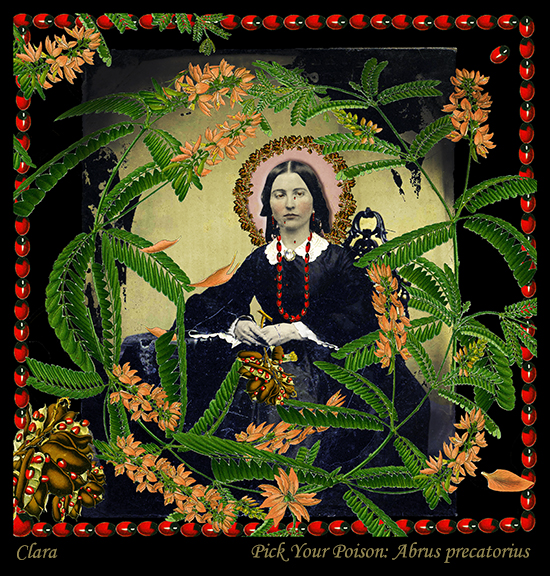

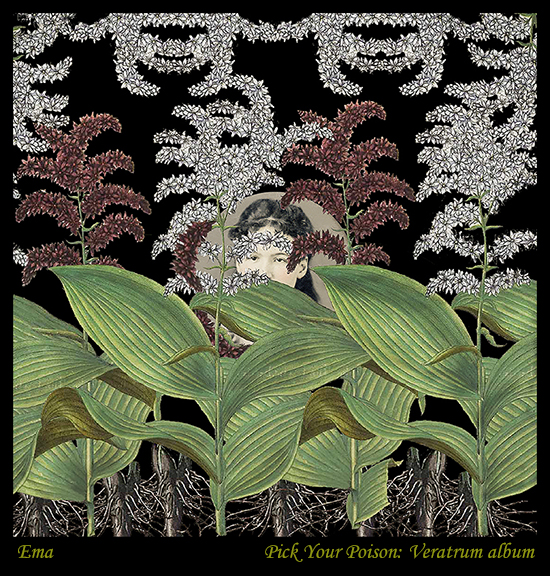
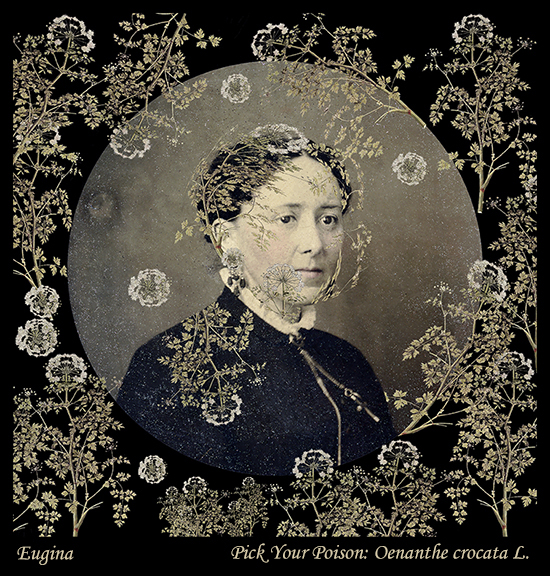


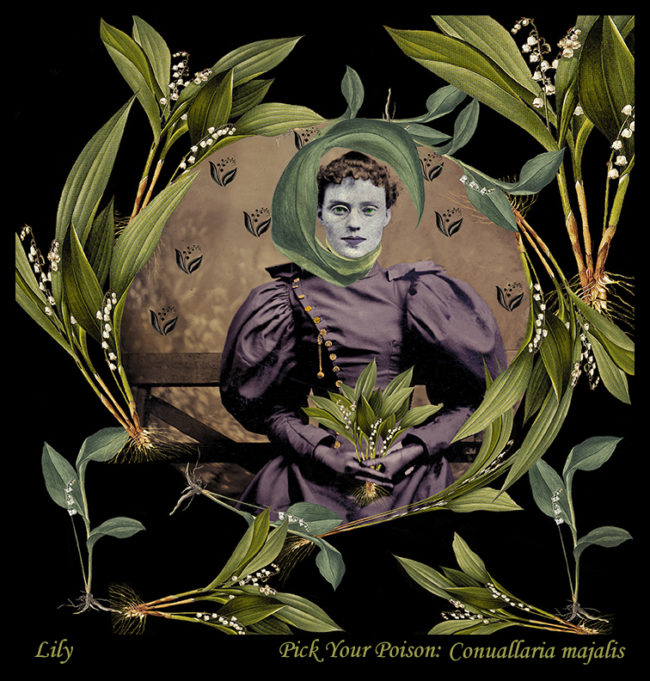

Strychnine Tree

Finally, we’ve got Lee Johnson. He’s an Englishman living in Switzerland for work, and has been photographing the ski lifts in summer, hinting at a time when the snow won’t come. (Speaking of which, we’re very far behind normal here in Taos at the moment.)
He shoots with a boutique European film that approximates the color of expired film, then digitizes the film, and has it output as a digital polaroid-style print. Furthermore, for the images below, he’s then made digital snaps of the actual prints.
Are you confused yet?
Well then, come back next week for all the answers.
